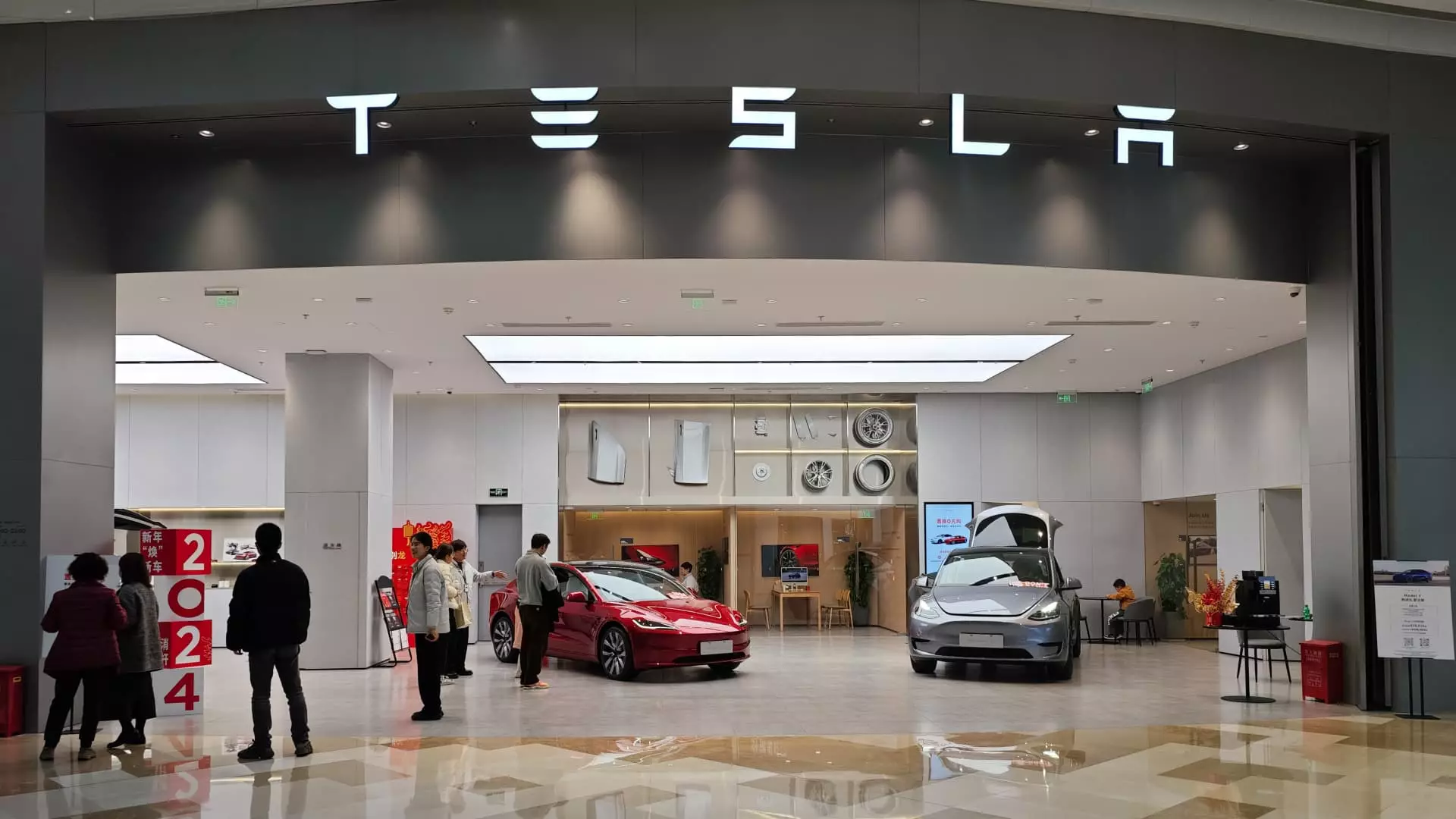Investment director Mark Hawtin from GAM Investment Management raised concerns regarding the hype surrounding Tesla’s progress in rolling out its advanced driver-assistance feature in China. According to Hawtin, the expectations of investors are misleading as Tesla’s Full Self-Driving (FSD) service does not provide full autonomous driving capabilities. He emphasized that the functionality offered in China is similar to what is already available in the U.S. and U.K., which is more of an assisted-driver capability rather than full autonomy.
Despite the significant milestone achieved by Tesla in terms of launching FSD in China, it is essential to understand that the technology is not yet at a level of true autonomy. The recent surge in Tesla’s shares following the removal of restrictions on its cars in China may have fueled expectations about the imminent availability of FSD in the country. However, Hawtin cautioned that the current version of Tesla’s FSD is still far from achieving autonomous driving and estimates that it may take five to 10 years to reach that level.
While Tesla’s partnership with Baidu in China to access its mapping service license may seem like a strategic move, Hawtin believes it could benefit Baidu more in the short term than Tesla. He pointed out the intense competition in China’s autonomous driving market, with companies like BYD, Huawei, Xpeng, Li Auto, and Xiaomi offering technology capable of Level 2 autonomy. Despite these advancements, Tesla’s FSD technology remains limited to features like automated lane changing in China.
It is important to differentiate between the levels of autonomy in driving technologies to understand where Tesla’s FSD stands. Tesla currently offers Level 2 driver-assistance systems, marketed as FSD, which require the driver to remain engaged at all times. True autonomous driving, known as Level 3, would involve systems that can handle all driving tasks independently. According to the SAE standards-setting organization, Level 3 automation still requires a driver to be present in the vehicle.
As Tesla continues to navigate the complexities of the autonomous driving market in China, it faces challenges in living up to the expectations set by its FSD technology. The competition in the region is fierce, with local players investing heavily in advancing their autonomous capabilities. While Tesla’s partnership with Baidu may provide certain advantages, it remains to be seen how effectively it can compete in a market driven by innovation and technological prowess. Investors and analysts will be closely monitoring Tesla’s progress towards achieving true autonomy and its ability to meet the evolving demands of the Chinese market.
While Tesla’s efforts to introduce its Full Self-Driving feature in China have generated excitement among investors and consumers, it is essential to temper expectations and acknowledge the limitations of the current technology. The road to fully autonomous driving is a challenging one, and Tesla’s journey in China serves as a testament to the complexities of the global autonomous driving market.


Leave a Reply